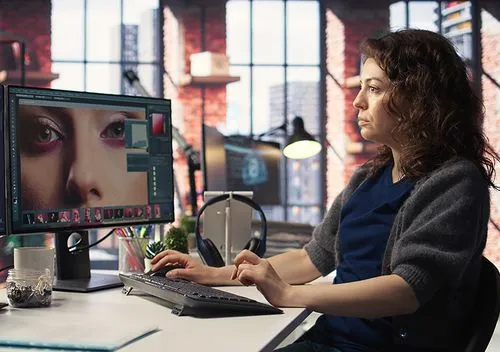Menu

August 2, 2025
Transformer les organisations par le développement des compétences
Amplifier les talents pour un futur durable et performant
Chez Arrabet Academy, nous sommes convaincus que la transformation digitale et organisationnelle commence par les femmes et les hommes qui la portent.
Nos programmes — Conférences, Masterclasses, Workshops, Bootcamps et Team Buildings — constituent une approche intégrée du développement des compétences, conçue pour préparer les organisations aux défis de demain.
Notre vision repose sur trois principes :
- L’apprentissage continu, moteur d’adaptation et d’innovation.
- La pratique réelle, qui ancre les savoirs dans le concret.
- La communauté, source d’échanges, de mentoring et de progrès collectif.
Des technologies émergentes à la culture du leadership agile, nous aidons les organisations à transformer leurs ambitions en résultats mesurables et à construire des équipes prêtes pour l’avenir.
Prêt à faire évoluer votre organisation ? Ensemble, façonnons un parcours de montée en compétence durable et impactant.















